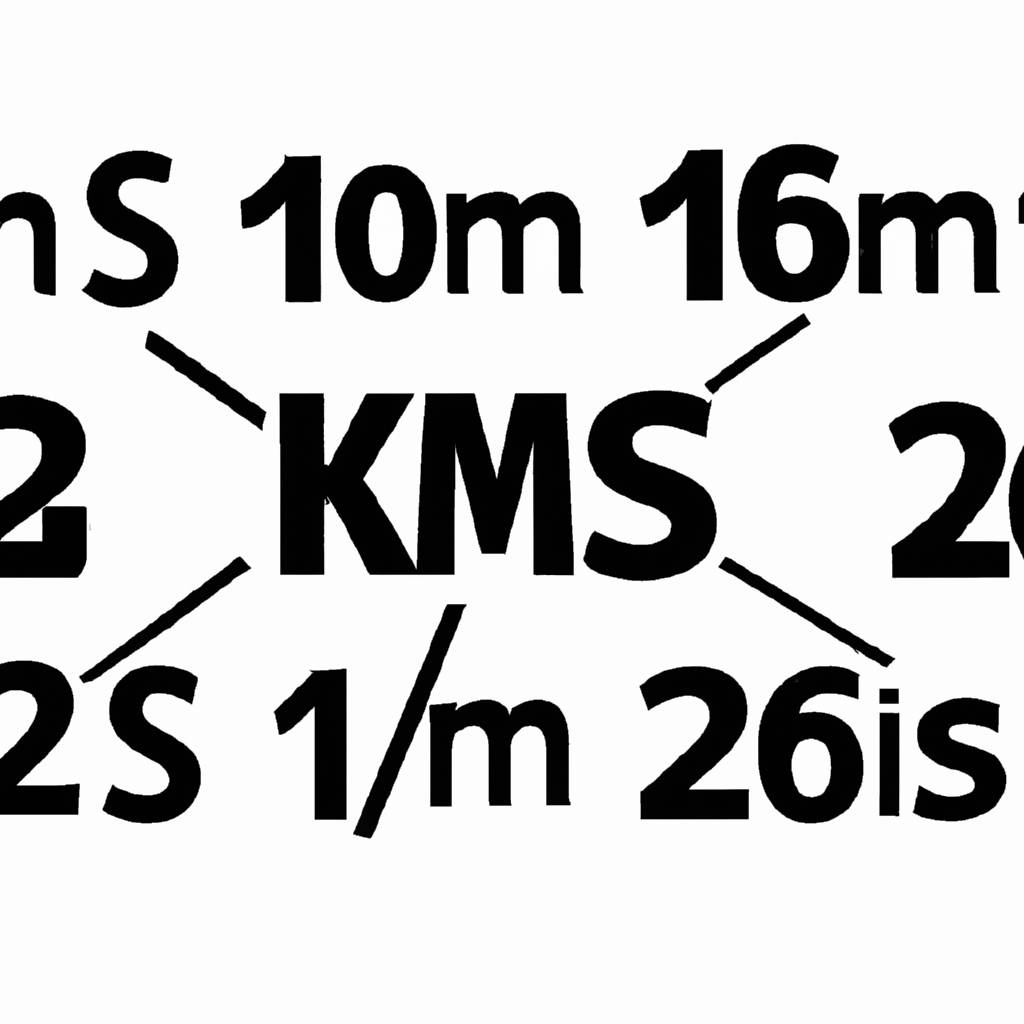Understanding the online lingo “KMS” is crucial especially for parents and guardians monitoring their children’s online activities. The acronym “KMS” typically stands for “kill myself” and is often used in online communication platforms such as social media, chat rooms, and gaming communities. This term is generally used by individuals to express feelings of extreme frustration, despair, or sadness.
However, it’s crucial to note that it is not always used to actually convey a desire to self-harm, in many instances, it might just be used for exaggerated emphasis on a frustrating situation or as a form of dark humor. Regardless, its usage should be taken seriously, as it could potentially signal an individual struggling with deep mental health issues. It’s essential to approach any situation where this term is used with sensitivity and caution, offering support to the individual or alerting others who can provide help if needed.
Online lingo such as “KMS” can often be misunderstood or dismissed, but it’s important to educate ourselves about these terms and the potential implications they carry. Understanding the language used in online communication can help us identify signs of distress and act appropriately to prevent any harm.

KMS Definition
Knowledge Management Systems (KMS) can be defined as a set of processes and platforms that are designed to create, capture, store, and distribute knowledge to improve the understanding, collaboration, and decision-making within an organization. This involves an array of strategies and practices employed by an organization to identify, record, and distribute knowledge, expertise, and insights among the workforce, thus fostering a culture of sharing and collaboration. KMS is a crucial tool in today’s business world where data and information are considered valuable assets. The main objective of a KMS is to enhance productivity, efficiency, and innovation by facilitating the sharing and utilization of knowledge across all levels of an organization.
In essence, KMS encompasses both technological tools and organizational strategies. On the technological side, KMS may include databases, intranets, and networking platforms that allow for the storage and distribution of knowledge. On the strategic side, KMS involves cultivating a culture of knowledge sharing and collaboration, developing procedures for knowledge capture and distribution, and implementing measures to protect and manage knowledge assets.
The key components of a KMS include people, processes, and technology. People play a vital role as they are the primary source of knowledge and are responsible for creating, sharing, and using knowledge. Processes refer to the methods and techniques used to capture, store, and distribute knowledge. Technology, meanwhile, provides the necessary tools and platforms to facilitate these processes.
Overall, KMS is a comprehensive system that enables organizations to leverage their collective knowledge to gain a competitive edge. It not only promotes a culture of learning and collaboration but also enhances decision-making and problem-solving capabilities. By effectively managing their knowledge assets, organizations can improve their performance and achieve their strategic objectives.
Assessing KMS Humor
Assessing KMS Humor involves evaluating the effectiveness, appropriateness, and reception of humor within the Knowledge Management Systems (KMS) context. This appraisal is not only about the humor’s ability to induce laughter or amusement but also its role in enhancing interaction, communication, and collaboration among system users. The assessment takes into account cultural, social, and personal factors that influence the perception and interpretation of humor.
It is paramount to ensure that humor is used in a manner that respects diversity and promotes inclusivity within the KMS environment. The assessment further considers the impact of humor on the sharing and creation of knowledge. A well-placed jest can break the ice, stimulate creativity, and foster an atmosphere of openness where individuals feel comfortable sharing ideas and insights.
Conversely, inappropriate humor can cause discomfort, miscommunication, and conflict, thereby hindering knowledge management processes. Therefore, assessing KMS humor is a delicate balancing act that calls for a keen understanding of the group dynamics, the nature of the knowledge being managed, and the overall objectives of the KMS.

Responding to KMS
KMS, or Knowledge Management Systems, are essential platforms that businesses and organizations utilize to streamline information access, communication, and collaboration. Responding to KMS refers to the process of interacting with these systems, whether it’s by contributing information, utilizing data, or participating in collaborative tasks. This process can vary widely depending on the specific system in place and the nature of the information being managed.
Effective response to KMS often requires a robust understanding of the system’s structure and functionality. This knowledge enables users to navigate the system efficiently, locate necessary information, and participate in collaborative tasks. It’s crucial to remember that the ultimate goal of KMS is to facilitate the sharing of knowledge within an organization. Therefore, responding to KMS isn’t just about individual use, but also about contributing to the collective pool of information.
When responding to KMS, it’s also essential to consider the quality of the information being provided. Consistency, accuracy, and relevancy should be prioritized to ensure that the system remains a reliable resource. Additionally, the user interface and experience should be taken into account. The easier it is for users to interact with the system, the more likely they are to contribute and benefit from it.
Moreover, responsiveness to KMS is not a one-time task; it necessitates ongoing engagement. This includes staying updated with any changes or updates in the system, continuously learning new functionalities or features, and actively participating in knowledge sharing.
Thus, responding to KMS is a multifaceted process that involves understanding the system, contributing quality information, considering user experience, and maintaining active engagement. It’s about harnessing the power of collective intelligence to drive organizational success and foster a culture of continuous learning and improvement.
Recognizing Seriousness in “KMS”
Recognizing the gravity in the acronym “KMS” is profoundly important in today’s digital communication era. This abbreviation often stands for “kill myself,” and is frequently used in online chats, social media posts, and text messages, often to express frustration, anger, or despair. Nevertheless, it’s crucial to understand that it may also be a cry for help, signaling deep emotional distress or potential suicidal tendencies.
Therefore, it is vital to take this term seriously, even if it seems colloquially used or thrown around lightly. The usage of such language, even in a seemingly casual context, can indicate underlying mental health issues that the individual might be struggling with. In such cases, empathy and understanding should be the first response, offering a listening ear or suggesting professional help if required.
It’s also essential to avoid downplaying or ignoring such indications, as it could exacerbate feelings of isolation or hopelessness in the person using the term. Instead, encourage open and non-judgmental communication, reminding them that they are not alone, and help is available. It’s equally important to educate others about the potential implications of using such rhetoric casually, as it can normalize and trivialize life-threatening issues like suicide. Thus, recognizing the seriousness in “KMS” is not just about understanding its literal meaning, but also about being aware of the potential harm it may imply, and responding with appropriate care, sensitivity, and urgency.
